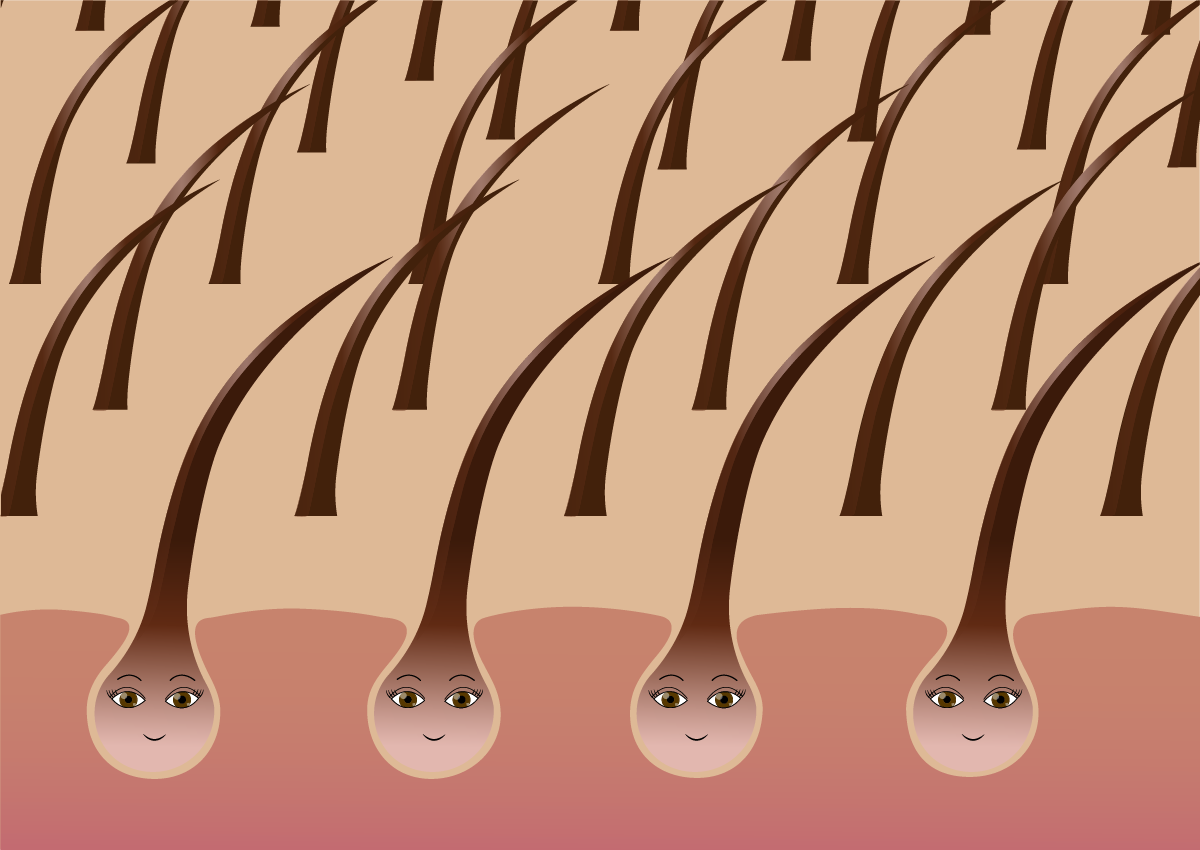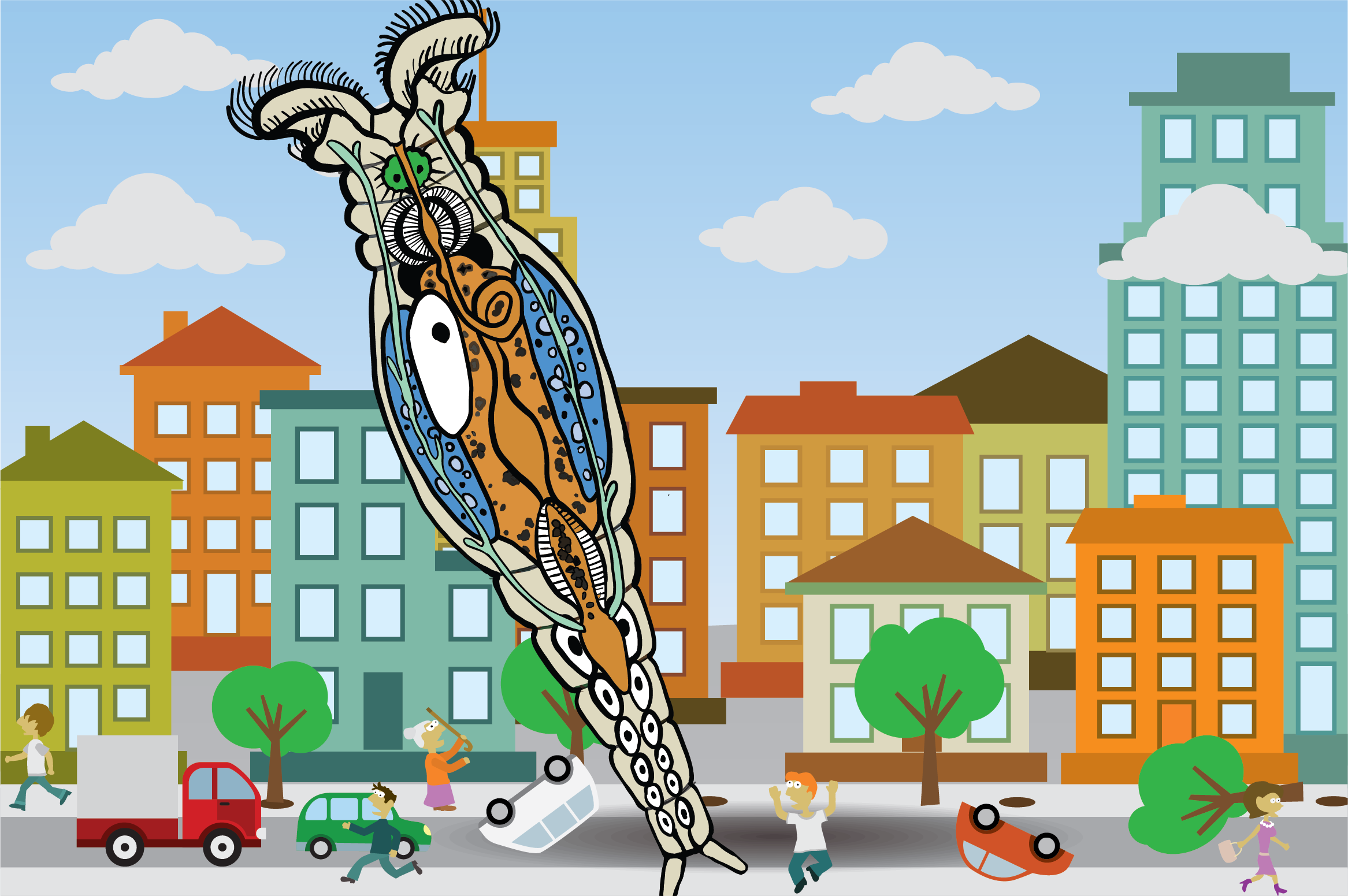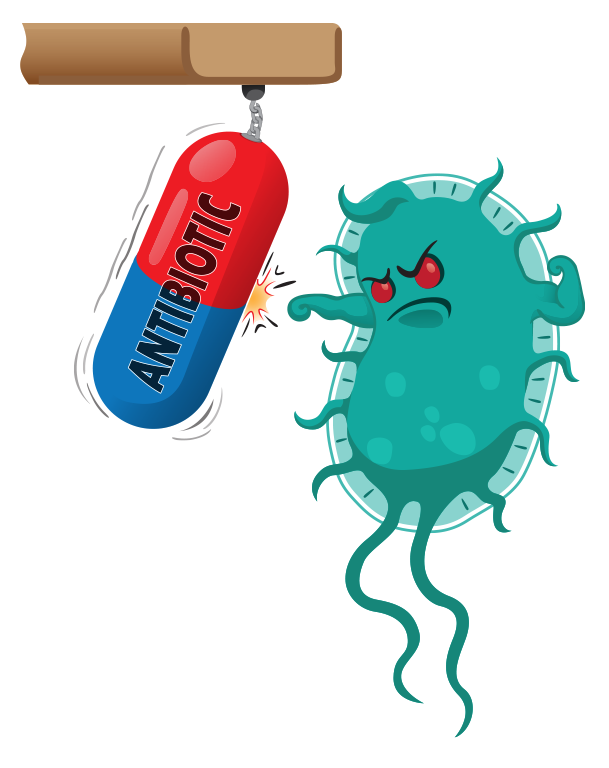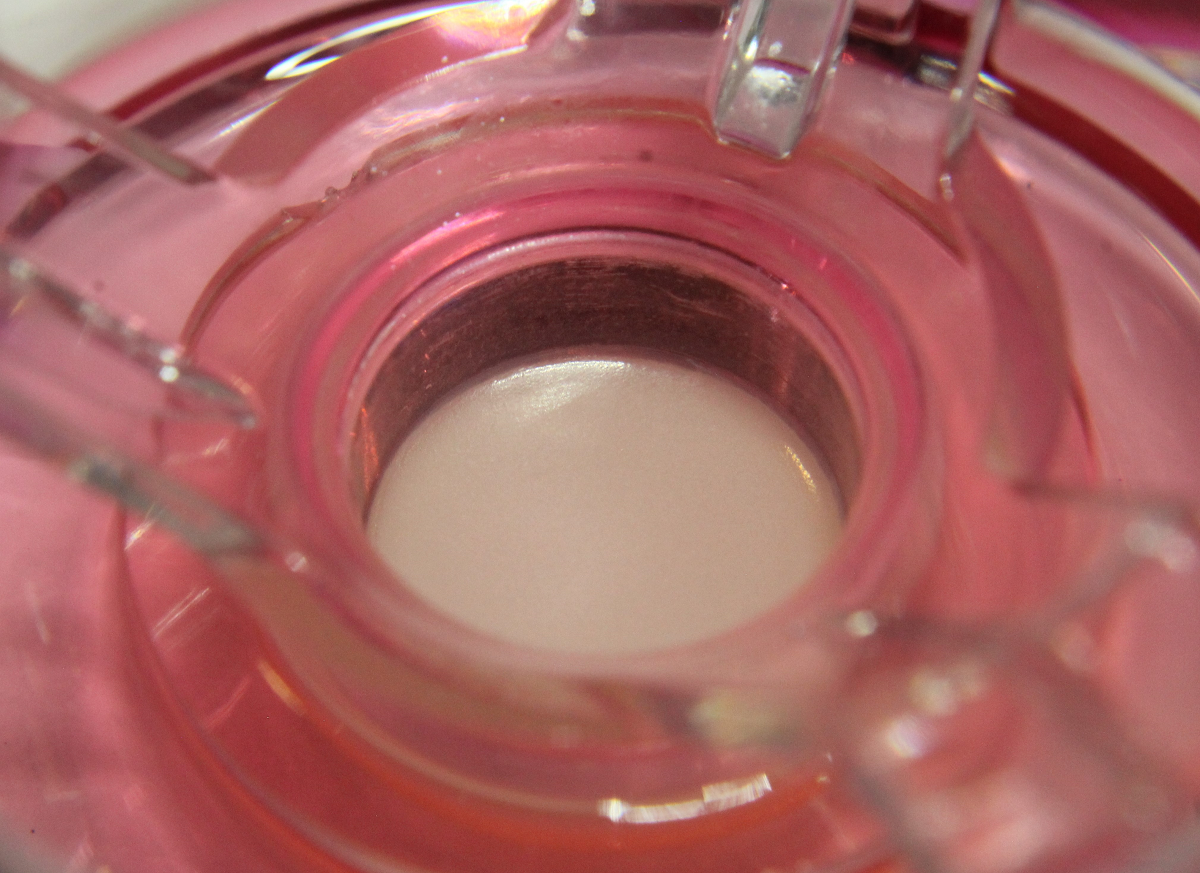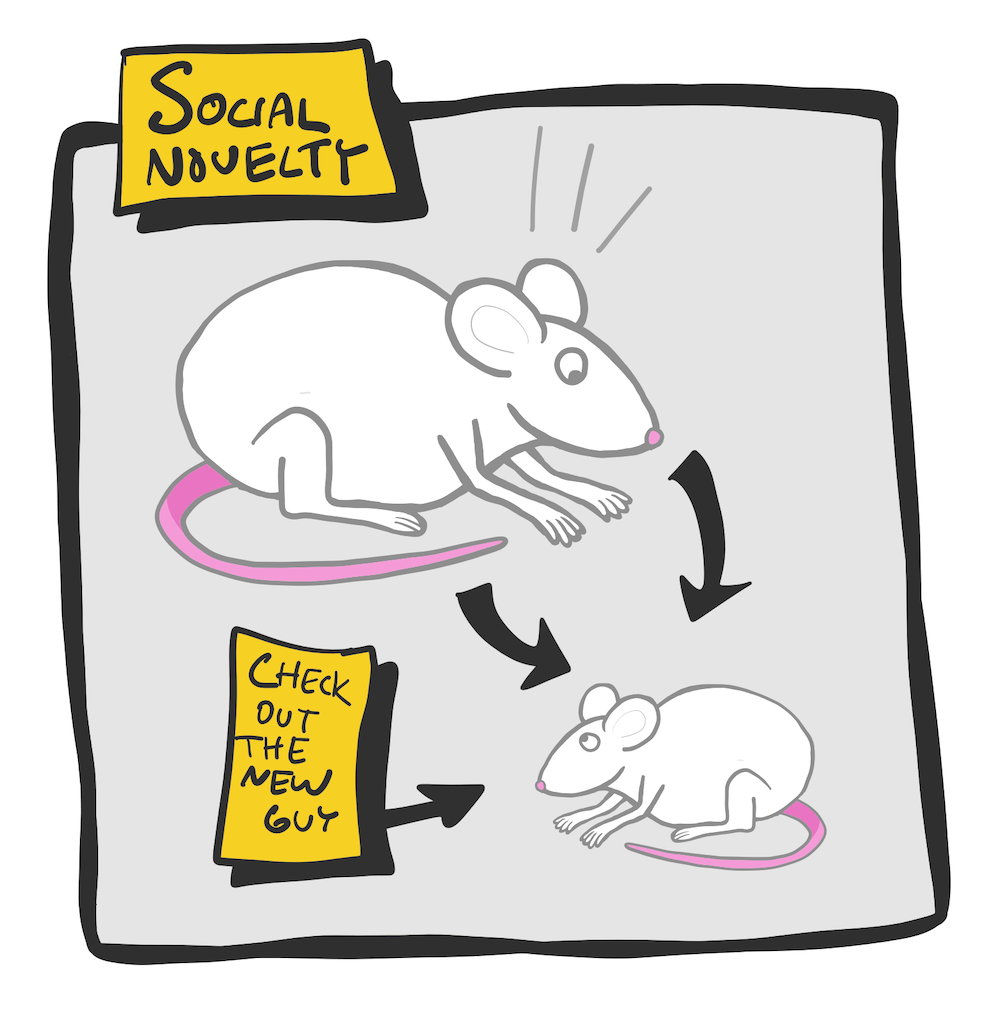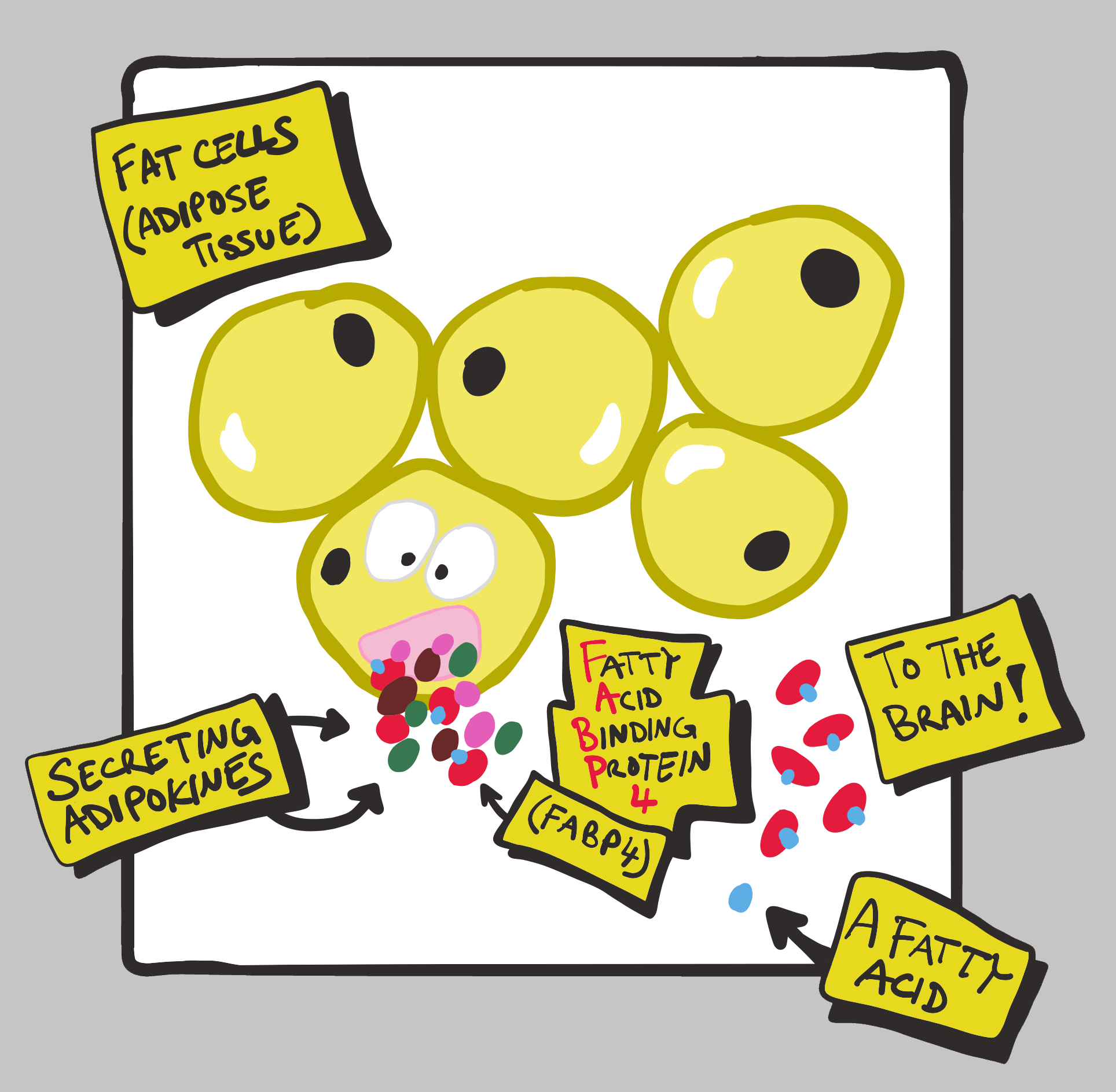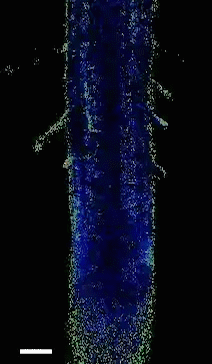Latest research animations
Self-assembly of spider silk
This gut microbe might protect against diabetes and reduce insulin resistance
NEW: One-way hydrogel guides motion of tiny worms!
Latest Posts
No Results Found
The page you requested could not be found. Try refining your search, or use the navigation above to locate the post.
Next stop: clinical hair regeneration
Godzilla-sized zooplankton for better aquafarming
Electric rays to help us map the ocean floor
Bacterial drug resistance studied by robotic E. coli evolution
New artificial skin helps avoid animal testing
Social novelty in the brain: haven’t I seen you someplace before?
FABP4: A preschool-aged biomarker for autism
Microbial infections are a parasitic plant’s dream
Gut bacteria double team worsens symptoms of multiple sclerosis
Jul
7
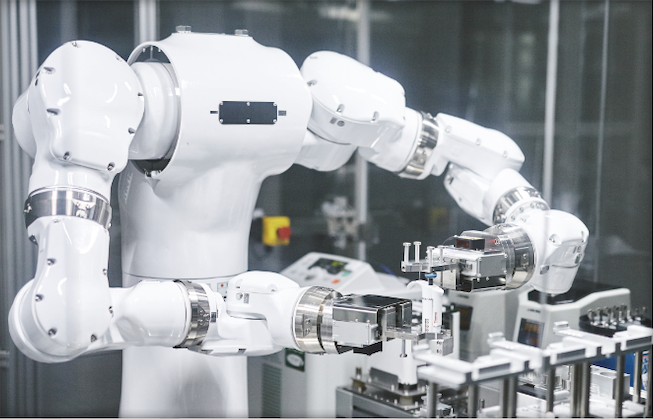
Robotic AI helps efficient growth of replacement organs
Humans team-up with a robotic AI to speed up experiments to find the best way to regrow damaged eye tissue from stem cells.
Jun
20

Extra “eye” movements are the key to better self-driving cars
If self-driving cars make saccades like people, they might make fewer mistakes identifying important features of the road.
May
26

Palaeospondylus: mystery of vertebrate evolution solved
Micro-CT scans using synchrotron radiation X-rays reveal Palaeospondylus morphology, finally allowing its placement on the evolutionary tree.
Apr
28

Xist knockout rescues miscarriages in mice
Apr
27
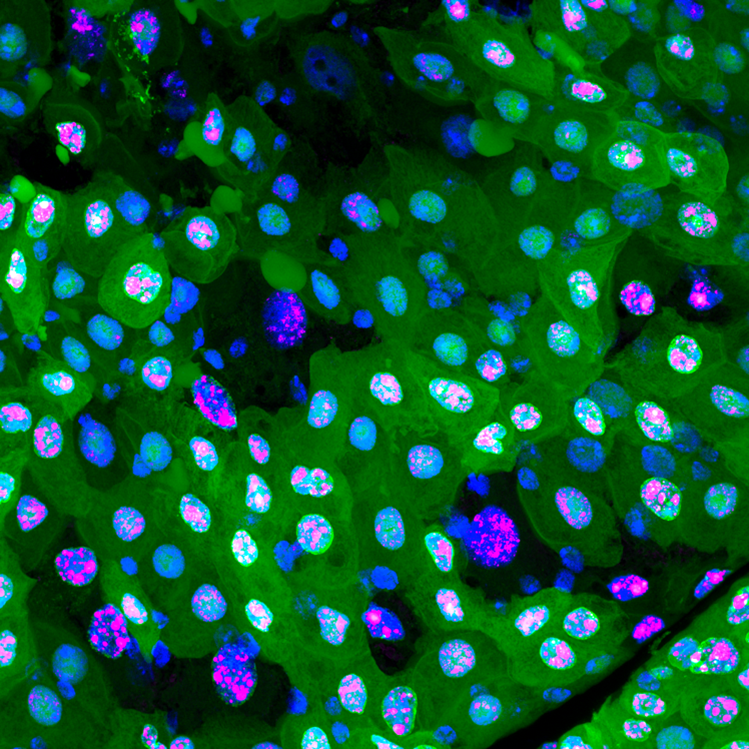
A new type of cell death discovered in fly guts
A completely unknown type of cell death called “erebosis” has been discovered in the guts of the common fruit fly.
Apr
6

Diagnosing fetal heart disease benefits from explanatory AI
Diagnosis accuracy improved when doctors used explanatory AI to help diagnose congenital heart disease from fetal ultrasound videos.

